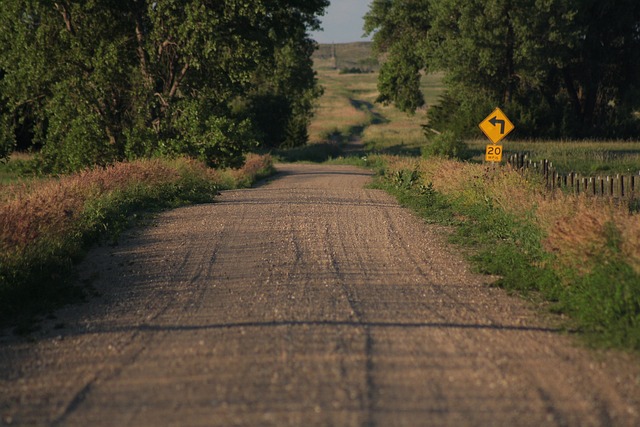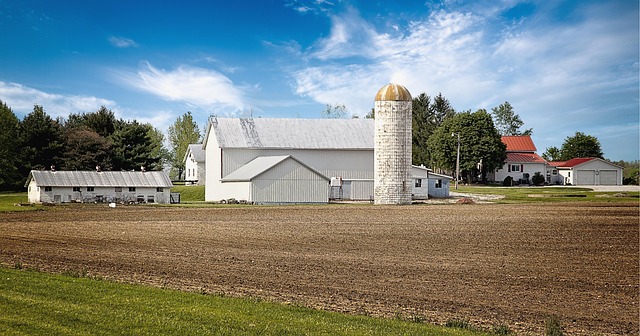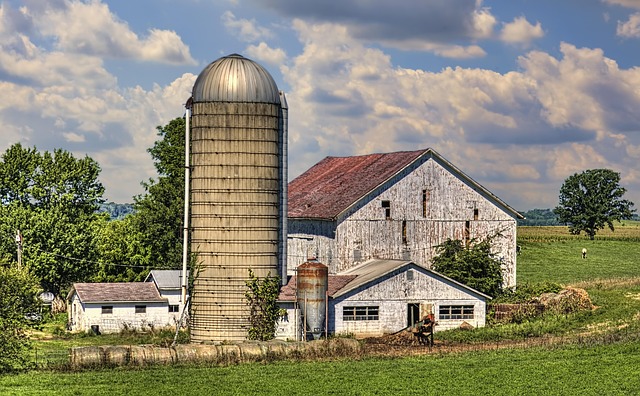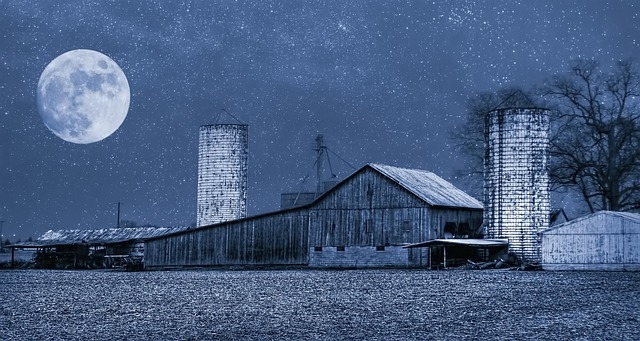The Southeastern US features a rich agricultural heritage reflected in its historic farms and ranches, offering diverse real estate opportunities from sprawling estates to smaller plots. The region's varied terrain, microclimates, soil types, and water resources cater to various farming and ranching activities. Currently, farmland and ranching properties are gaining popularity as investment options due to the demand for sustainable food sources and a revival of rural living, presenting chances for self-sufficiency and lucrative returns in agriculture, livestock, or ecotourism.
“Discover the enchanting world of southeastern farmland and ranching territory—a vibrant tapestry of diverse landscapes that has long been a cornerstone of America’s agricultural heritage. From its rich historical perspective, spanning generations of farming and ranching excellence, to its modern real estate trends, this region presents unique opportunities for investors seeking strategic land acquisitions. Explore the varied topographical features that cater to every need, as we delve into why southeastern farmland remains a desirable and lucrative investment.”
Historical Perspective: A Rich Farming and Ranching Heritage

The Southeastern United States has a rich farming and ranching heritage that dates back centuries. Historically, the region’s fertile soil and mild climate attracted early settlers who established thriving agricultural communities. Over time, these farms and ranches evolved, becoming integral parts of the local economy and way of life. The legacy of this historical farming tradition continues to shape the region’s real estate landscape today, with many properties retaining their original purposes while others have been transformed to meet modern demands.
This enduring heritage is evident in the numerous historic farms and ranches that still operate, many of which have been passed down through generations. These properties not only hold cultural significance but also contribute significantly to the region’s real estate value. Today, prospective buyers looking for a piece of this historical tapestry can find a variety of opportunities, from sprawling estates with well-established agricultural operations to smaller plots suitable for hobby farming or ranching.
Topographical Features: Diverse Landscapes for Every Need

Southeastern farmland and ranching territory boasts a remarkable diversity of topographical features, offering something for every need in real estate. From rolling hills perfect for grazing to vast plains ideal for agriculture, the landscape is a symphony of varied terrain. This tapestry of landforms allows farmers and ranchers to capitalize on diverse microclimates, soil types, and water resources, ensuring robust and sustainable operations.
The region’s topography also includes undulating ridges, deep valleys, and meandering rivers, each presenting unique opportunities for crop cultivation and livestock management. These varied landscapes not only enhance the scenic beauty but also contribute to the area’s rich agricultural heritage. Whether it’s the fertile bottomlands along riverbanks or the well-drained uplands, the diverse topographical features cater to a wide range of farming and ranching activities.
Modern Real Estate Trends: Opportunities and Investments in Southeastern Farmland

In recent years, the southeastern region has witnessed a significant shift in real estate trends, with farmland and ranching properties emerging as attractive investment opportunities. This trend is driven by a growing demand for sustainable food sources and a renewed interest in rural living. Modern buyers are increasingly seeking out vast, undeveloped lands, not just for agricultural purposes but also as a means to preserve nature’s beauty and ensure a more self-sufficient lifestyle. As urban areas continue to expand, the allure of spacious southeastern farmland offers both investors and potential residents a unique chance to connect with the land.
The real estate market in this region is ripe with possibilities, from small-scale farming operations to large-scale ranching ventures. Investors are recognizing the long-term value of these properties, which can provide steady income through agriculture, livestock rearing, or even ecotourism. With proper development and management, southeastern farmland has the potential to become a lucrative asset, offering both financial gains and a sense of community for those who call it home.






